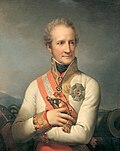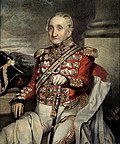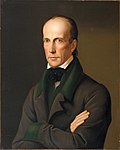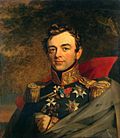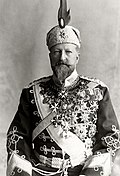| Field marshal Feldmarschall | |
|---|---|
 Rank flag | |
 Gorget patch [1] | |
| Country | |
| Service branch | |
| Rank | Field marshal |
| Formation | 1805 |
| Abolished | 1918 |
| Next higher rank | None |
| Next lower rank | Generaloberst (1915–1918) General of the branch (1805–1915) |



The list of Austrian field marshals denotes those who held the rank of Feldmarschall in the Austrian or Austro-Hungarian armies.









